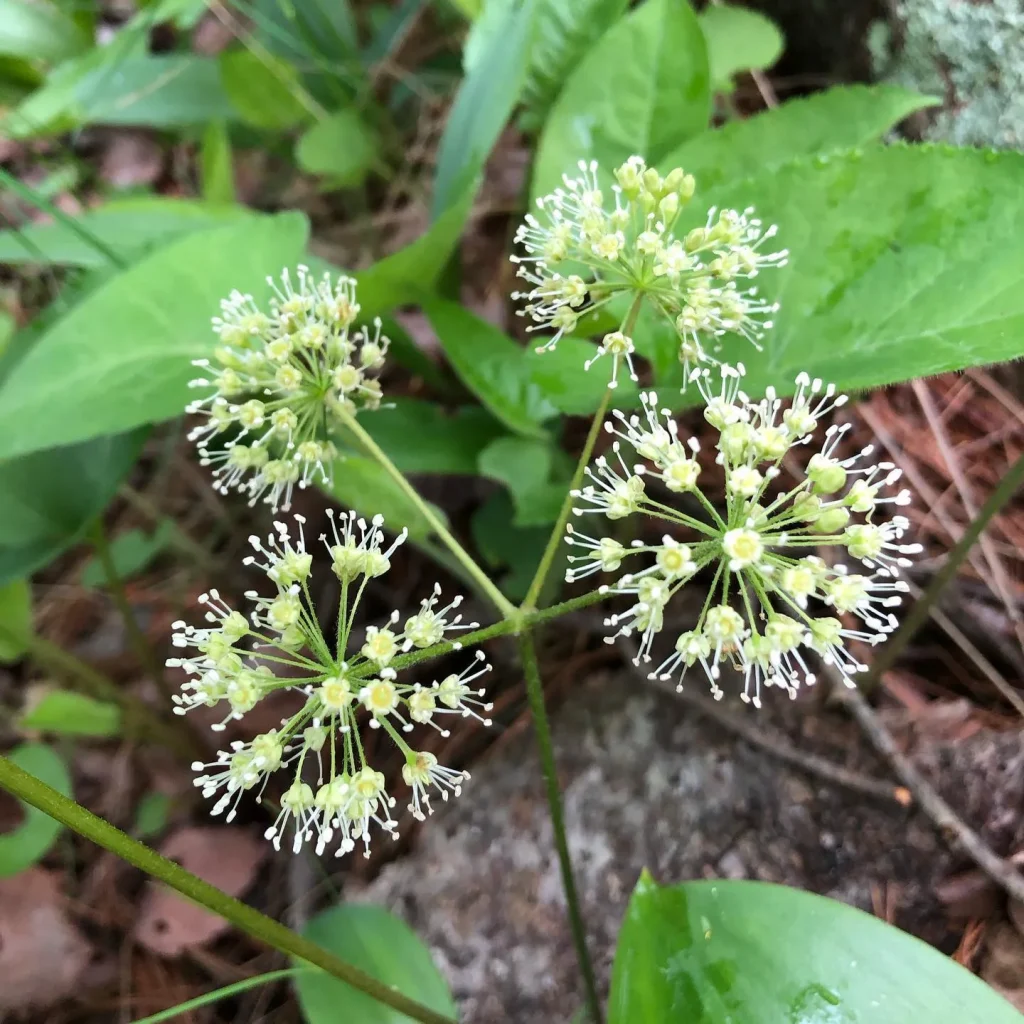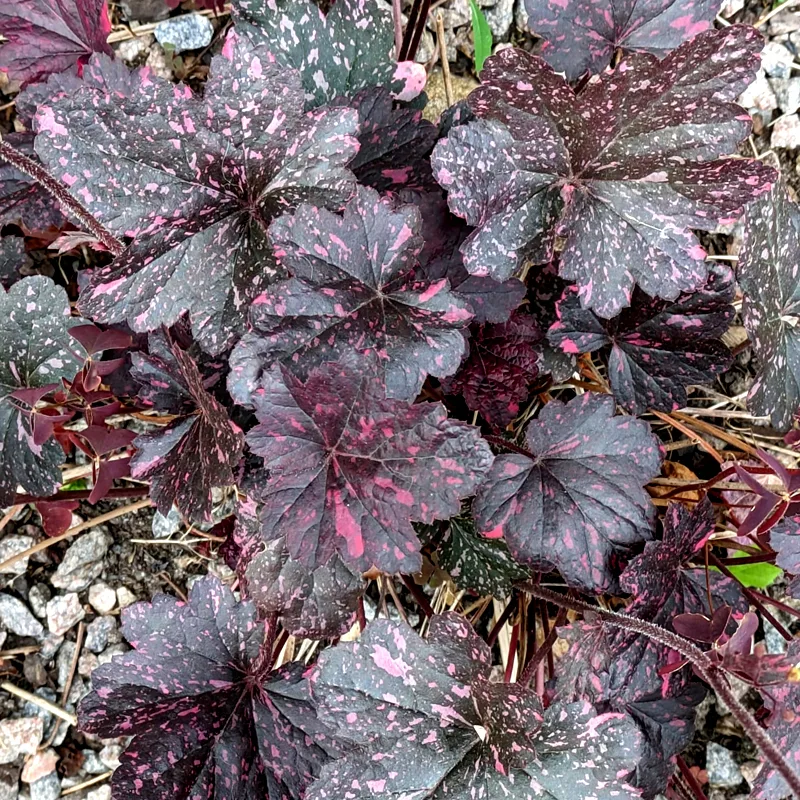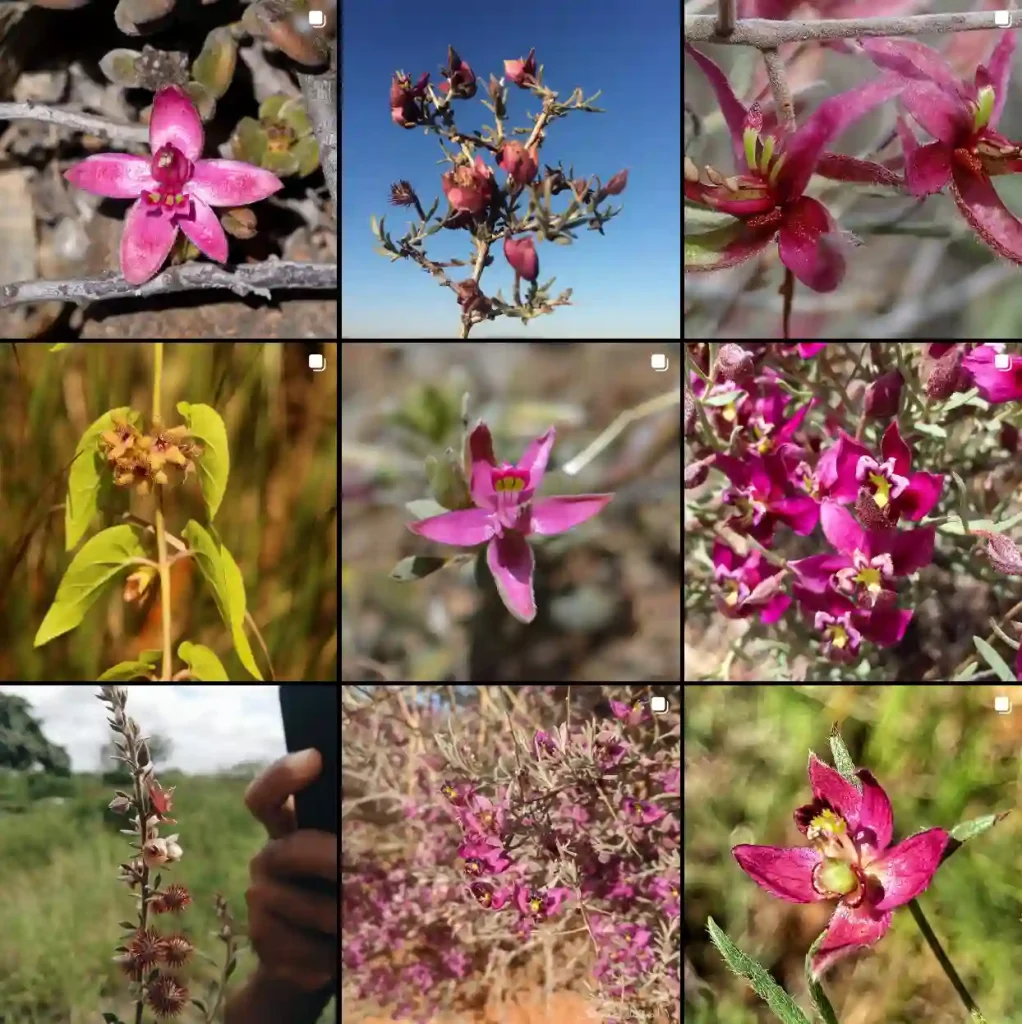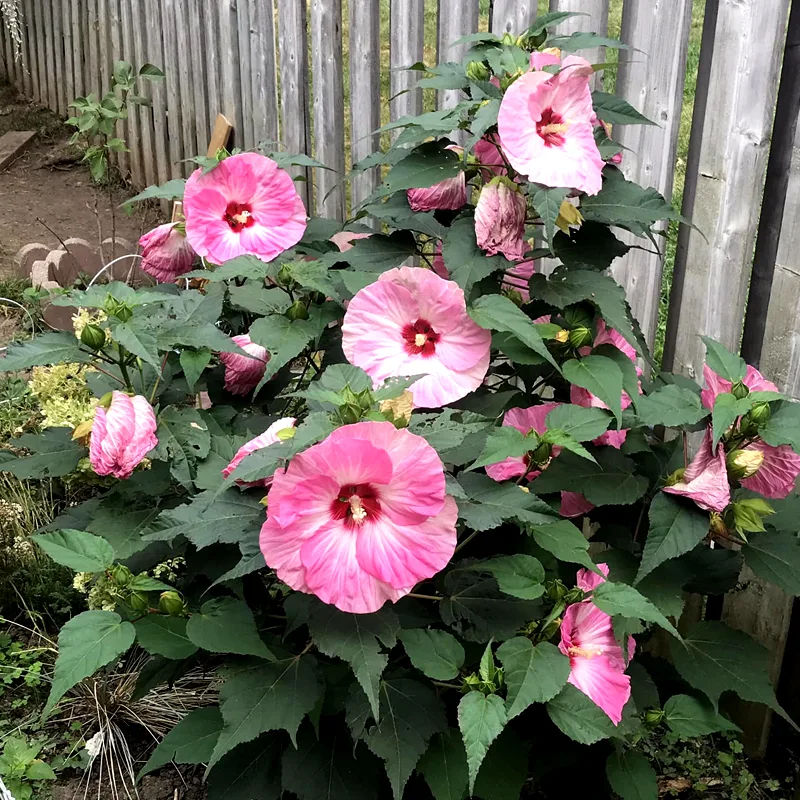My Fascination with Labisia
As a botanist, I’ve always been drawn to the unique flora of Southeast Asia. The sheer diversity of plant life in this region is astounding, and one genus that has particularly captured my attention is Labisia. This group of flowering plants, belonging to the Primulaceae family, boasts a fascinating array of species with significant ethnobotanical importance.
Unveiling the Diversity within Labisia
Labisia encompasses a variety of species, each with its own distinct characteristics:
- Labisia acuta: Known for its medicinal properties, Labisia acuta is widely used in traditional Southeast Asian medicine. It is a small, evergreen shrub with glossy leaves that prefers humid, shaded environments, especially within the undergrowth of tropical rainforests. Its leaves are often harvested for their antioxidant, antimicrobial, and anti-inflammatory effects.
- Labisia longistyla: This species is distinctive for its long-styled flowers and slender, elongated leaves. Found primarily in forested regions, Labisia longistyla thrives in moist, shaded environments. It’s a lesser-known species within the genus, but its resilience in wild settings makes it an interesting subject for botanical studies in adaptive plant behavior.
- Labisia obtusifolia: Labisia obtusifolia is characterized by broad, rounded leaves, which give it a more robust appearance than some of its relatives. Native to tropical lowlands, it prefers well-drained soils and partial shade. Its potential uses in traditional medicine are similar to those of Labisia pumila, though it’s less commonly harvested.
- Labisia posthumusiana: This rare species has a unique botanical history and is named in honor of the botanist Posthumus. It has relatively narrow leaves and thrives in densely forested environments. Its growth habits are still being studied, and it’s mostly observed in certain isolated rainforest regions, where it contributes to the understory diversity.
- Labisia pumila: Perhaps the best-known species, Labisia pumila, or “Kacip Fatimah,” is revered in Malaysian traditional medicine, especially for women’s health. This herbaceous plant has serrated, dark green leaves and grows close to the ground. It’s often cultivated for its root and leaf extracts, which are used for various medicinal formulations.
- Labisia serrulata: Named for its serrated leaf edges, Labisia serrulata is distinguished by its sharply defined, saw-tooth leaf margins. It inhabits lowland tropical forests and prefers high humidity and filtered light. The plant is less common in medicinal use but is noted for its distinctive foliage, which adds texture to the forest undergrowth.
- Labisia smaragdina: This species has strikingly emerald-colored leaves, lending it the name “smaragdina,” which means “emerald.” It is native to mountainous rainforests and thrives in cooler, shaded locations. Its vibrant foliage makes it a visually appealing plant, and it is studied for its adaptive coloration in various light conditions.
- Labisia steenisiana: Named after the Dutch botanist Cornelis van Steenis, Labisia steenisiana is a rare plant primarily found in specific Southeast Asian rainforests. It has unique, elongated leaves and delicate flowers. Its habitat requirements make it sensitive to environmental changes, and it is often observed in conservation studies.
- Labisia sumatrensis: As its name suggests, Labisia sumatrensis is native to Sumatra. It has broad, oval leaves and is adapted to the tropical rainforest’s high humidity and diffused light. This species contributes to the local ecosystem by offering ground cover and shade, helping to maintain the forest’s microenvironment stability.
Delving into the Ethnobotanical Significance
What makes Labisia particularly intriguing is its role in traditional medicine. For centuries, indigenous communities have utilized various parts of these plants, primarily Labisia pumila, for their purported health benefits. Known as “Kacip Fatimah” in Malay, it’s believed to address women’s health issues, boost energy, and even enhance libido. While scientific research is ongoing to fully understand the efficacy and mechanisms of action, the ethnobotanical significance of Labisia is undeniable.
The Allure of Labisia
My interest in Labisia stems from a desire to bridge traditional knowledge with modern science. By studying these plants, I aim to contribute to a deeper understanding of their potential benefits and promote their sustainable use. The intricate morphology, diverse species, and rich ethnobotanical history of Labisia make it a captivating subject for any botanist. As I continue my research, I’m eager to uncover more secrets held within these remarkable plants.
If i die, water my plants!



